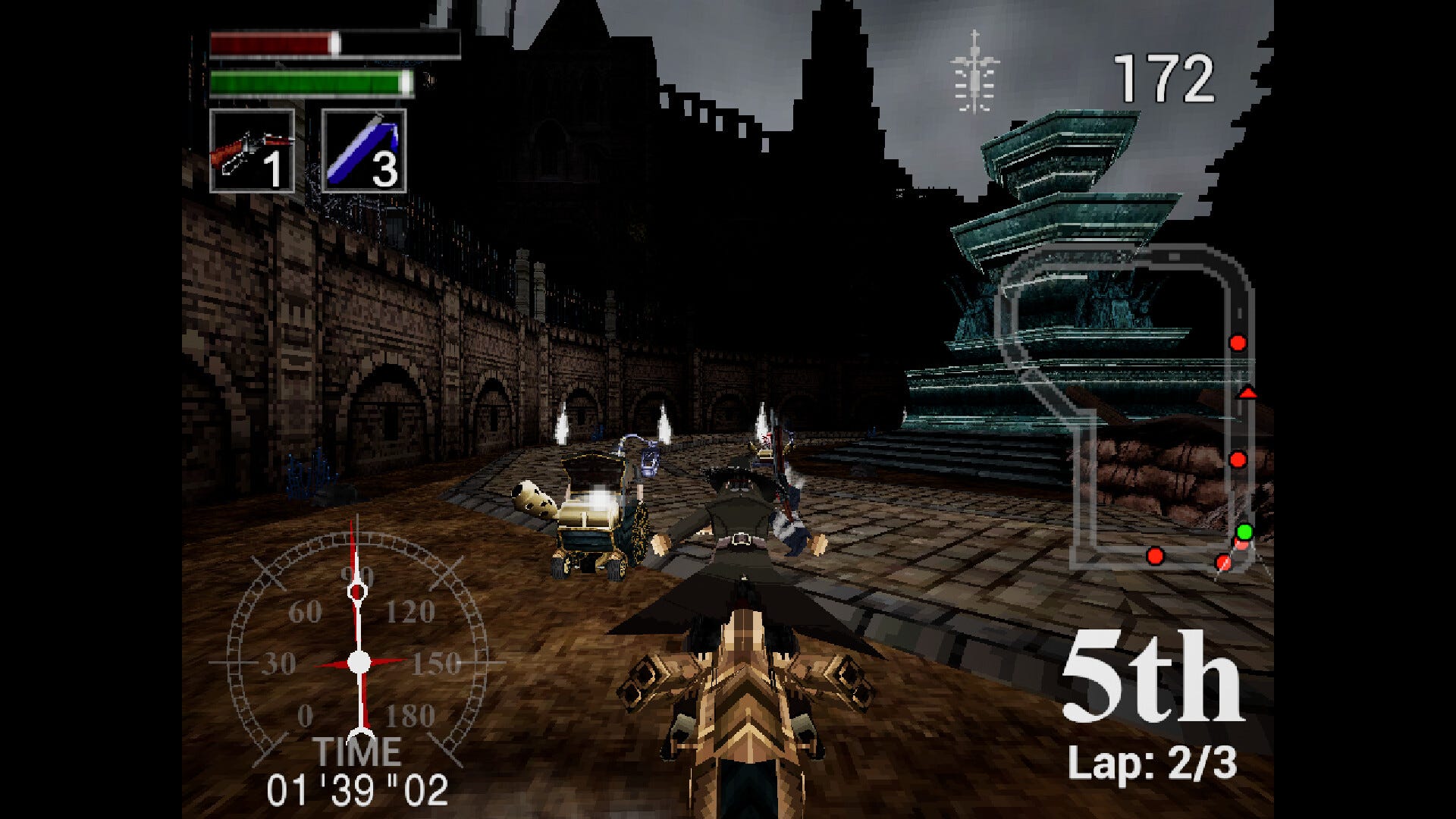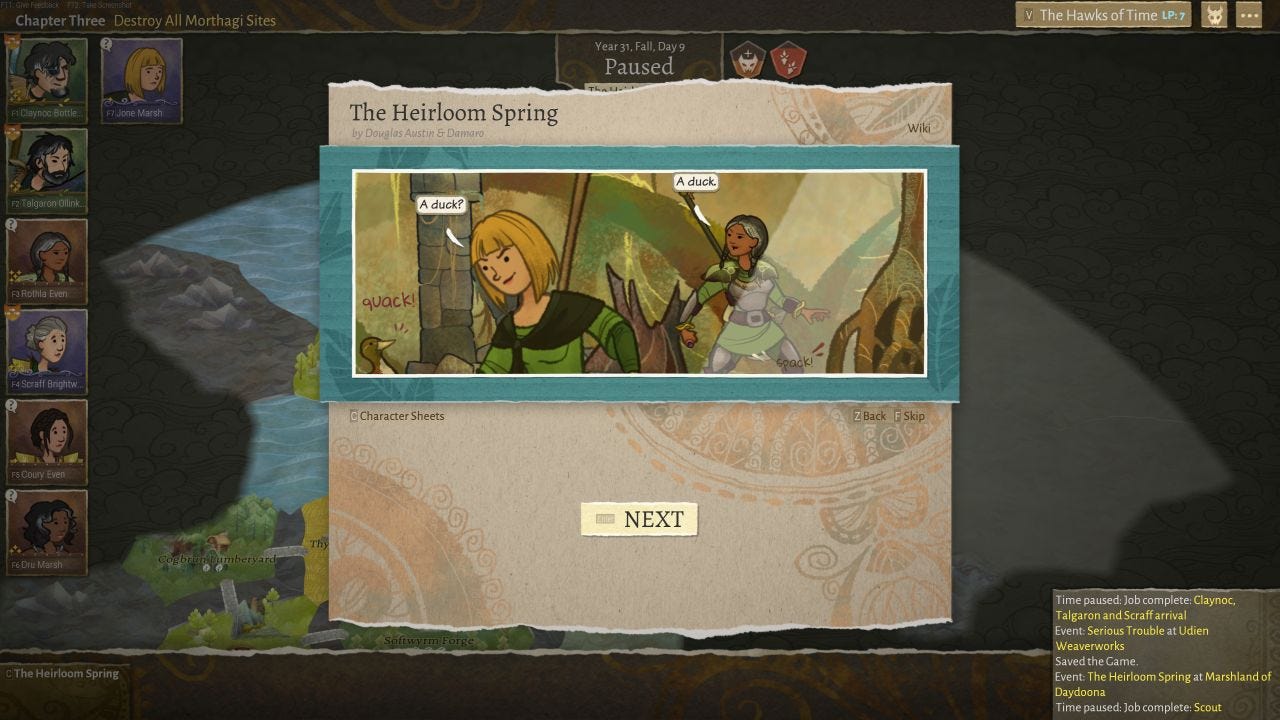June is officially here, and Summer is kicking off! You can save on all sorts of products this weekend, whether you’re looking to pick up a new game or purchase a new piece of technology. The best deals for Sunday, June 2, include Final Fantasy VII Rebirth, Marvel’s Spider-Man 2, Ratchet & Clank: Rift Apart, and more.
Save $200 Off Apple iPad Air (5th Gen)
Currently, Amazon has the 5th Generation Apple iPad Air on sale for $549.99. This device features a 10.9-inch Liquid Retina Display, 256GB of storage, Wi-Fi 6 capabilities, a 12MP camera on both the front and back of the iPad, and more. This is all powered by an M1 Chip, which is still a powerful chip despite its age. You can choose from five different colors, from Blue to Starlight to even Purple.
Final Fantasy VII Rebirth for $54.99
Final Fantasy VII Rebirth is on sale for the very first time. This sequel to 2020’s Final Fantasy VII Remake brings Cloud, Tifa, Aerith, Barret, and Red XIII outside of Midgar for the very first time, with Sephiroth looming and moving in on his goals. This experience offers well over 100 hours of content, with 36 sidequests and a main story over 40 hours long. If you haven’t played Final Fantasy VII Rebirth, now is the time to score one of the best 2024 titles out there at a discount.
Marvel’s Spider-Man 2 for $49.99
Marvel’s Spider-Man 2 is also on sale for the very first time, priced now at $49.99 with PlayStation’s Days of Play sale. Spider-Man 2 features both Peter Parker and Miles Morales as playable characters, with a whole new area of New York to explore. You can swing through the city with new suit abilities like Web Wings and take down criminals all around. You’ll need to be prepared, as both Kraven the Hunter and the symbiote Venom are prepared to take you down and rule over NYC.
Star Ocean: The Second Story R for $34.99
Star Ocean: The Second Story R is an HD-2.5D remake from Square Enix. Taking the HD-2D sprite style found in titles like Octopath Traveler II, this game adds a 3D camera and 3D environments. There are a total of 99 different endings for you to discover, which makes this adventure one that can last for dozens of hours! Explore the world with fantastic quality-of-life updates, new battle mechanics, and more in this gorgeous remake of Star Ocean 2.
Save 57% Off Ratchet & Clank: Rift Apart
Ratchet & Clank: Rift Apart was one of the first major PlayStation 5 titles, releasing in June 2021. This title featured Rivet for the first time, another Lombax who exists in the universe. Together, Rivet and Ratchet must work to take down Doctor Nefarious and save the galaxy once again. With the classic action gameplay and new features, Rift Apart is an excellent platform you should play if you are a fan of the genre.
Final Fantasy XVI for $34.99
Final Fantasy XVI was one of the biggest releases of 2023, acting as the first mainline Final Fantasy release since 2016. This title follows Clive Rosfield on a journey to take down the Mothercrystals. FFXVI is the first Final Fantasy title to tackle Dark Fantasy, offering a grim but hopeful tale in the world of Valisthea. Additionally, action combat was prioritized for this release, with former Devil May Cry 5 Combat Designer Ryota Suzuki leading the charge for combat in FFXVI.
Rise of the Ronin for $49.99
Rise of the Ronin is one of the latest PlayStation 5 exclusives to release, with the title coming from Team Ninja and Koei Tecmo. Set in 1863 Japan, you play as the Ronin and take down those coming from the West. This action epic offers well over 70 hours of content, with an excellent dive into a history somewhat unexplored in modern gaming.
Demon’s Souls for $29.99
Demon’s Souls has hit an all-time low with the PlayStation Days of Play sale. For $29.99, you can expirence this Bluepoint Games remake of one of FromSoftware’s most memorable titles. Since this title is only on PlayStation 5, you won’t be able to play Demon’s Souls on PC or other platforms. Slay the demons and explore the world of Boletaria like never before.
Nintendo Switch for $259.99
Right now, you can save $40 off a brand-new Nintendo Switch at Woot. This is the V2 model, which features better battery life so you can play more on the go. This model will come in a repackaged brown box, so do know that you will not receive the original Nintendo Switch box. However, the console and all included accessories are brand-new. Grab a discounted Switch today and dive into the console’s incredible library this Summer!
Save 50% Off Death Stranding Director’s Cut
Death Stranding Director’s Cut is the ultimate version of Hideo Kojima’s latest title. Follow Sam Porter Bridges as he journeys throughout the United States of Amercia to reunite the country together. Along the way, he must navigate enemies that have arose as a result of the Death Stranding, a cataclysmic event that separated life and death. The Director’s Cut adds new story content, new weapons, new minigames, and so much more.
Save $500 Off Samsung 49″ Odyssey G9 Series Monitor
In case the other monitors today aren’t too appealing, Amazon has another monitor on sale – the Samsung 49″ Odyssey G9 Series. This massive monitor is 240Hz, featuring a massive field of view that will insantly immerse you. You can expect fantastic and visble picture quality, with a max brightness of 1000 nits and a 1,000,000:1 contrast ratio.
Horizon Forbidden West Complete Edition for $39.99
Horizon Forbidden West Complete Edition features both the main game and DLC Burning Shores. This title follows Aloy after the events of Horizon Zero Dawn as she heads West to uncover more secrets that lie in America. Iconic locations like Las Vegas and San Francisco await as you take down loads of new enemy robots.
Sackboy: A Big Adventure for $19.99
Last but not least, Sackboy: A Big Adventure is another PlayStation Studios title on sale. This 3D platformer is fun for the whole family, with up to four player co-op available. You can race across the different levels and take down massive bosses. This entry grants Sackboy all sorts of new abilities, like a grappling hook to navigate across trenches.

.jpg?width=1920&height=1920&fit=bounds&quality=80&format=jpg&auto=webp)


